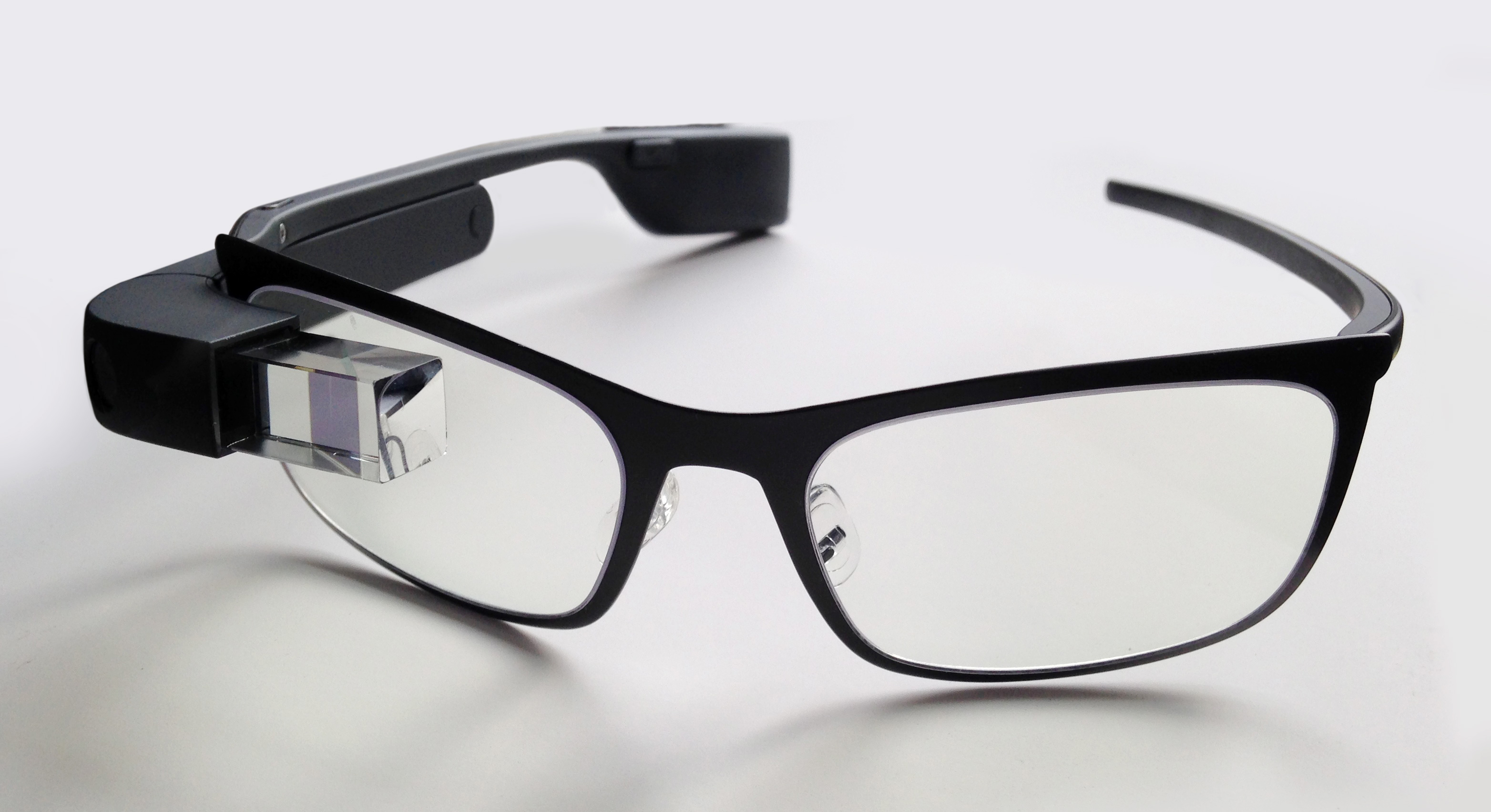If you have ever tried to create a new product or service, improve the ones you already have, design interfaces or a process, or create a smashing marketing campaign, I am sure you have failed at least once. Failed miserably. I know I did.
Why is it so easy to slip? After all, analyses by the research department suggest there is a substantial market for the product? You’ve told your friends about your product idea, and they loved it? Well, I believe in most cases the issue is not poor execution or timing, but total absence of understanding what your customers really need, what makes them happy and how they think. This can be overcome with thorough and carefully planned customer research. By this I don’t mean the type of research where you get the so called “insights” like “Focus groups have shown our customer target would be interested in buying product X”. I’m talking about knowing the context in which your customer operates and where he/she will be using your product, who/what influences their decision making process and what they want to accomplish by purchasing from you.
Example of a product fail due to poor research: Google Glass (Source) 
So in short- what do you need for successful design? (1)
- Understanding the desires, needs, motivation and contexts of people using products
- Understanding business , technical and domain opportunities, requirements and constraints
When you have this knowledge you’ve set up a sound base for creating products whose form, behavior and content add value and are usable and desirable, as well as economically viable and technically feasible. Conducting user research helps tremendously with the first point.
Why research?
The prime reason user research should be done is to develop empathy. Making users feel stupid, requiring too much effort from them and not offering an enjoyable experience are deadly sins, especially in the digital realm. When we are able to feel what our users feel, it gets us to think about them much sooner in the product development process (in project ideation phase instead of implementation phase). Another benefit research can provide is identification of behavior patterns which can be described as “behaviors that help categorize modes of use of a potential or existing product”. Here are particularly useful the workarounds users developed around existing solution in order to e.g. increase efficiency (e.g. using post-it notes all over their office to organize information and meetings instead of a planner; adding items to shopping cart to see the total amount of all goods they wish to buy instead of using a wishlist - such "solutions" created by users signal process or product deficiencies and are inputs for improvement).
Which research method?
When planning your research the first thing you should do is to define project goals and deadlines. This gives you a framework to work with so you ensure you're always on the right path. After that usually the smartest thing to do is to review existing work already done – e.g. ask around your organization if any research covering the same/related topics has already been conducted. There are many 3rd party reports available for free online, especially industry reports. Online free tools like Google Trends can also be a good starting point. Even though this step is time-consuming, the payoffs you get can be invaluable. You will get the big picture of the problem as well as spot potential smaller issues. This enables you in turn to specify real questions which you want to answer (e.g. Why do female customers prefer buying cashmere sweaters in brick-and-mortar stores to our e-store?). And when you have these questions – you can pick your method.
Various research methods (from Designing for the Digital Age: How to create Human- Centered Products and Services by K.Goodwin): 
I personally prefer individual deep-dive interviews because they really bring you close to your customer. Interviews enable you to ask questions like:
„You mentioned a difficult situation that changes the way you use your phone. Can you tell me what that situation was?” „What’s the difference between sending your response by SMS, mail or email?” „Can you please describe the worst shopping experience in your life? Why was it the worst?”
I plan to write separate posts covering detailed how-tos and pros and cons of different research methods. If you would like that or are interested in a particular method please let me know in the comment section =) .
Research and design thinking
We can look at research from another angle as well. Widely popular design thinking methodology suggests the following logical steps to creating new solutions:

Research is the core of the first two steps in design thinking. Besides methods previously mentioned, design thinking offers using alternative tools like empathy maps and mental models.
Next steps
When you summarize and structure all insights you’ve obtained from your research, the most important next step is creation of customer personas. Personas represent typical customers that combine shared characteristics of a customer segment. When you do your research personas are no work of fiction, but real people. Personas will help you to keep you focus on customers further down in the process.
(1) About Face 3: The Essentials of Interaction Design by A. Cooper
Congratulations @ijosipovic! You received a personal award!
Click here to view your Board of Honor
Do not miss the last post from @steemitboard:
Downvoting a post can decrease pending rewards and make it less visible. Common reasons:
Submit
Congratulations @ijosipovic! You received a personal award!
You can view your badges on your Steem Board and compare to others on the Steem Ranking
Vote for @Steemitboard as a witness to get one more award and increased upvotes!
Downvoting a post can decrease pending rewards and make it less visible. Common reasons:
Submit